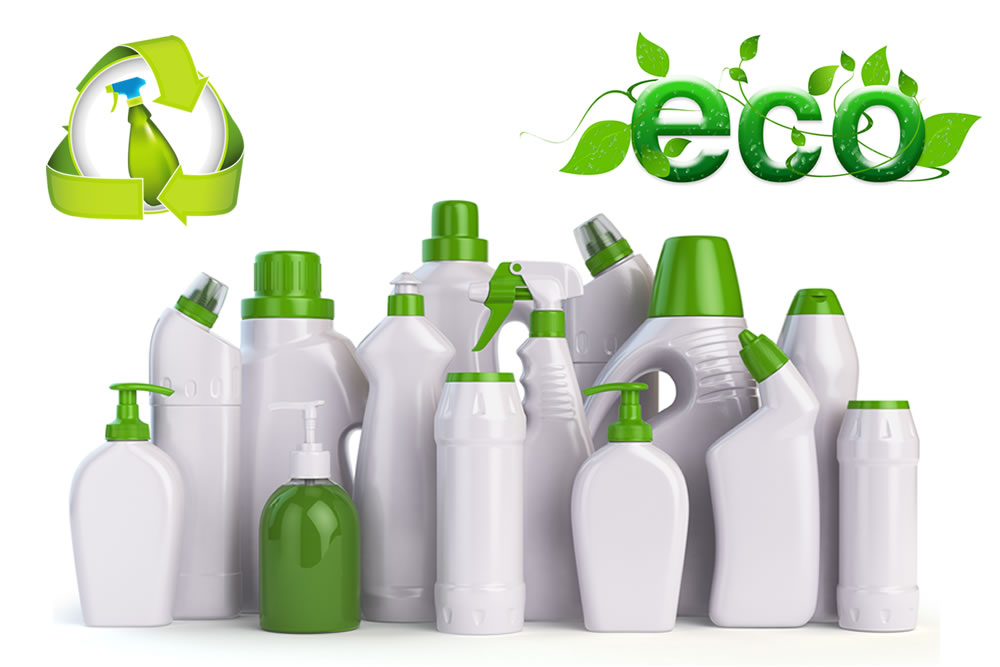
Many conservation organizations, public gardens, and nature clubs offer native plants for a discounted price or even free. If purchasing plants from retail stores, ask whether they have been sprayed with systemic pesticides such as neonicotinoids.
Adding native plants to your garden will make it a healthier place for wildlife, and you’ll have fun doing it!
You’ll Save Time
Whether you’re looking to identify the flower or shrub on your hike with a loved one, want to know if the leaf your dog just picked up is poison ivy, or need help getting the ball rolling with a new vegetable garden, finding and using a plant identification resource can save you time.
Apps allow you to take a photo of the plant and compare it with a database of images uploaded by other users. If it can’t find an exact match, it gives a general description of the genus and links to other closely related species.
For a more guided approach, use native plant finders that provide lists of plants by zip code; check out this website, which also rates native species for their ability to support wildlife. You can also visit local natural areas to learn about plant communities and consult region-specific planting guides.
You’ll Save Money
Planting native trees, grasses, and wildflowers will reduce or eliminate the need for fertilizers, herbicides, or watering. Native plants have developed in your local climate, so they know how to cope with rainfall, heat, and cold. Native plants will also provide food and shelter for native butterflies, birds, and other wildlife. The Native Plant Finder (By Zip Code) described below allows you to search for plants based on their nativeness to your area. You may want to call ahead, as some garden centers do not carry the full range of native species. Contacting a specialty nursery, such as a native plant society, may be helpful.
You’ll Save Energy
Local plants are adapted to the region’s climate and soils, making them low-maintenance and water-efficient. They also provide food, shelter, and breeding habitat for local wildlife because they co-evolved with the animals that depend on them.
Planting native species is a great way to support local biodiversity, and many resources help you choose the right plants for your site conditions.
You’ll Attract Wildlife
Many species of wildlife depend on native plants for food and shelter. The best way to attract and support these animals is by planting trees, shrubs, wildflowers, and grasses.
Native plant varieties have developed a harmonious relationship with their local wildlife over thousands of years. They are naturally adapted to your region’s climate, rainfall, and soils (collectively called an ecoregion) and can thrive in your yard if you match their growing conditions.
You’ll Reduce Invasive Species
Using native plants can help reduce invasive species, which disrupt ecosystems and harm wildlife. Invasive plant species crowd out and kill native plants, often requiring more water and nutrients than natives to thrive, degrading soil quality and limiting wildlife habitat.
They can also cost us billions in lost economic productivity because they damage the environment and disrupt recreational pursuits such as hunting and fishing. They can be dangerous to humans, pets, and livestock if eaten or ingested by animals or people.
Invasive species can travel a long way, and it’s hard to tell where they came from. They can hitch rides in ballast water from ocean-going vessels, on firewood brought to camping areas, or in plants that escape cultivation and are offered for sale.










